230K
MB Enthusiast
- Joined
- Jun 1, 2003
- Messages
- 2,190
- Location
- Belfast
- Car
- 09 E320 cdi Sport Estate, 98 E300TD Estate, 99 SL 500
Hi
I have 265/35/ZR 18 Vredestein Sessanta's on the rear of my E300 Turbodiesel Estate and while preparing it for MOT i noticed the inside walls of both tyres were cracked. Seems to be a problem don't know how serious but if anyone has similar tyres it might be best to check them. My front tyres are 235/40/18 but are fine.
I have changed the wheels and put on my winter wheels, tyres are nearly on the wear indicators so were due for change anyhow.
See pics below.
Does any tyre experts know why or what these cracks are and how serious they are?? Are they dangerous???
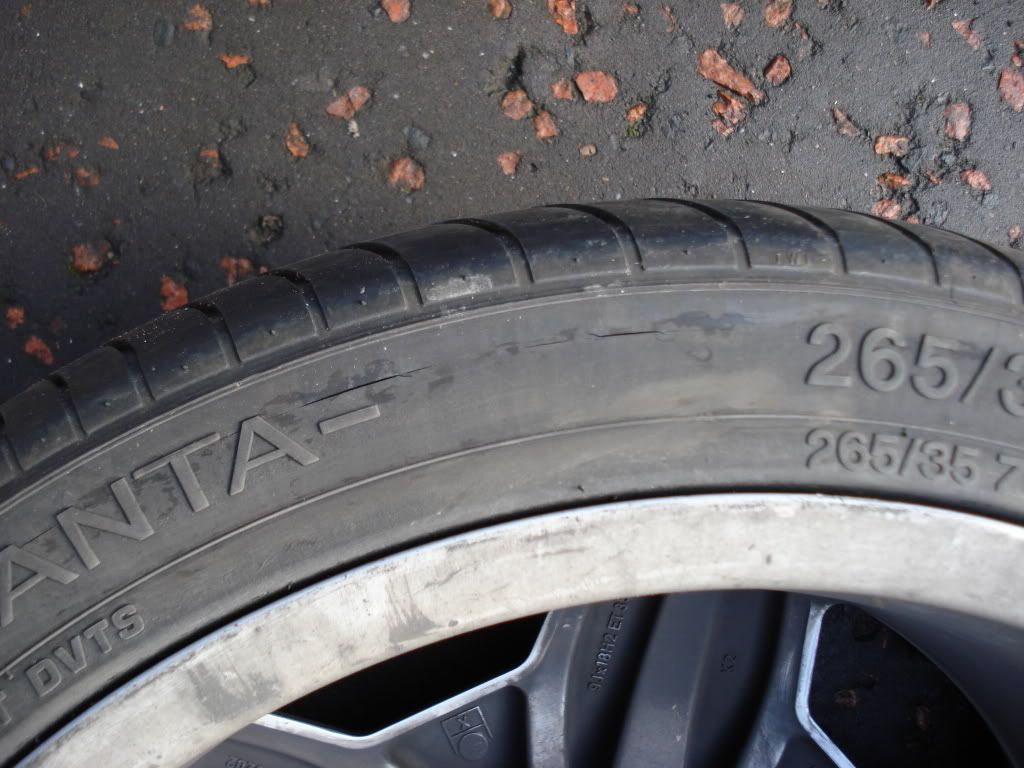
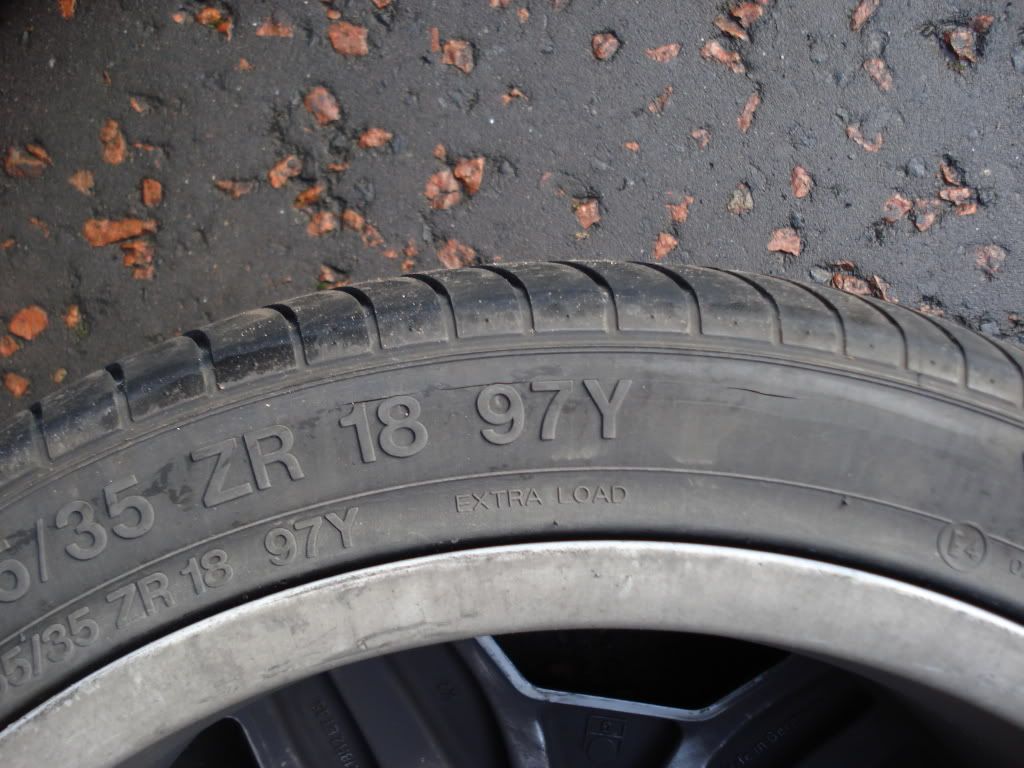
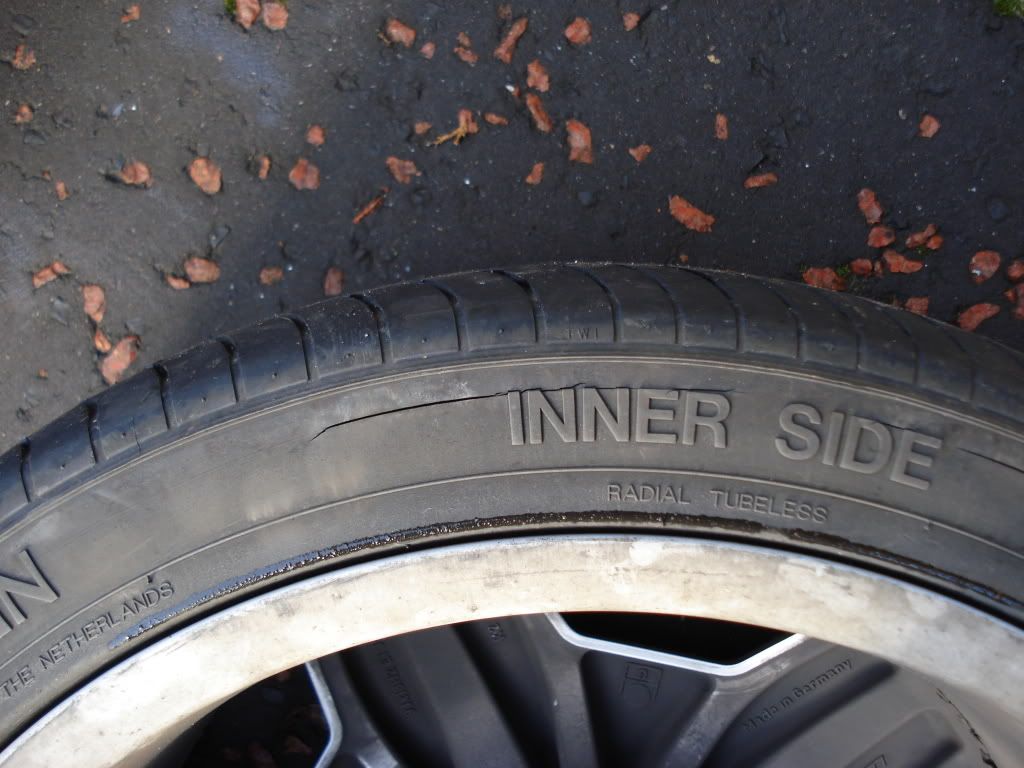
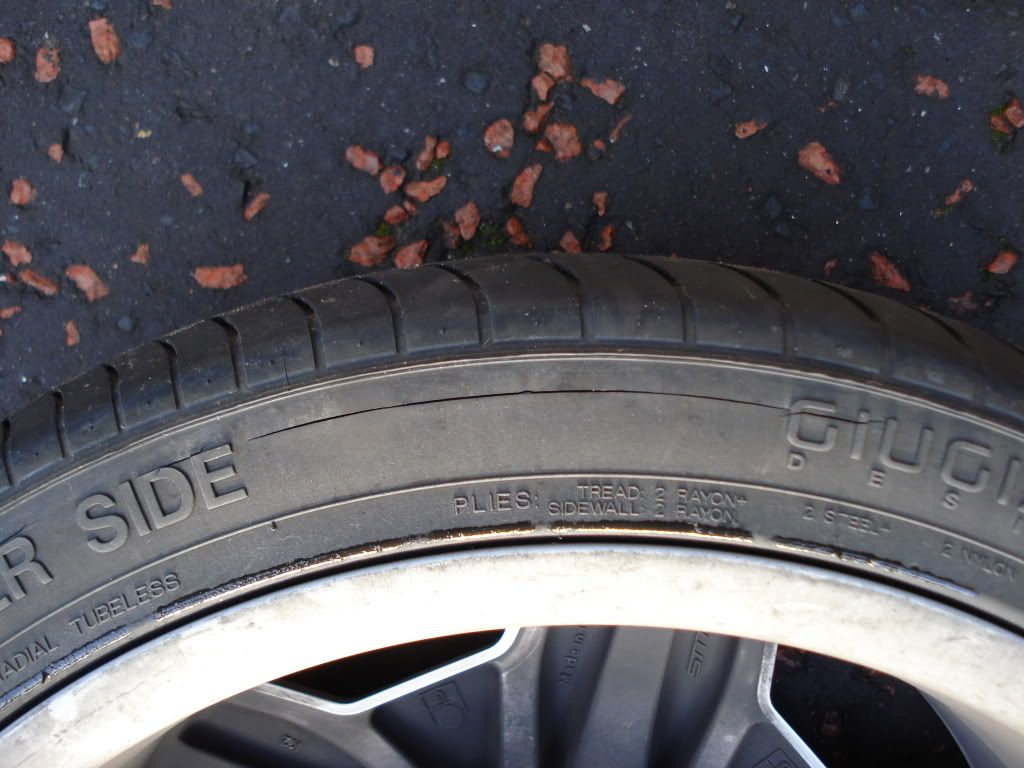

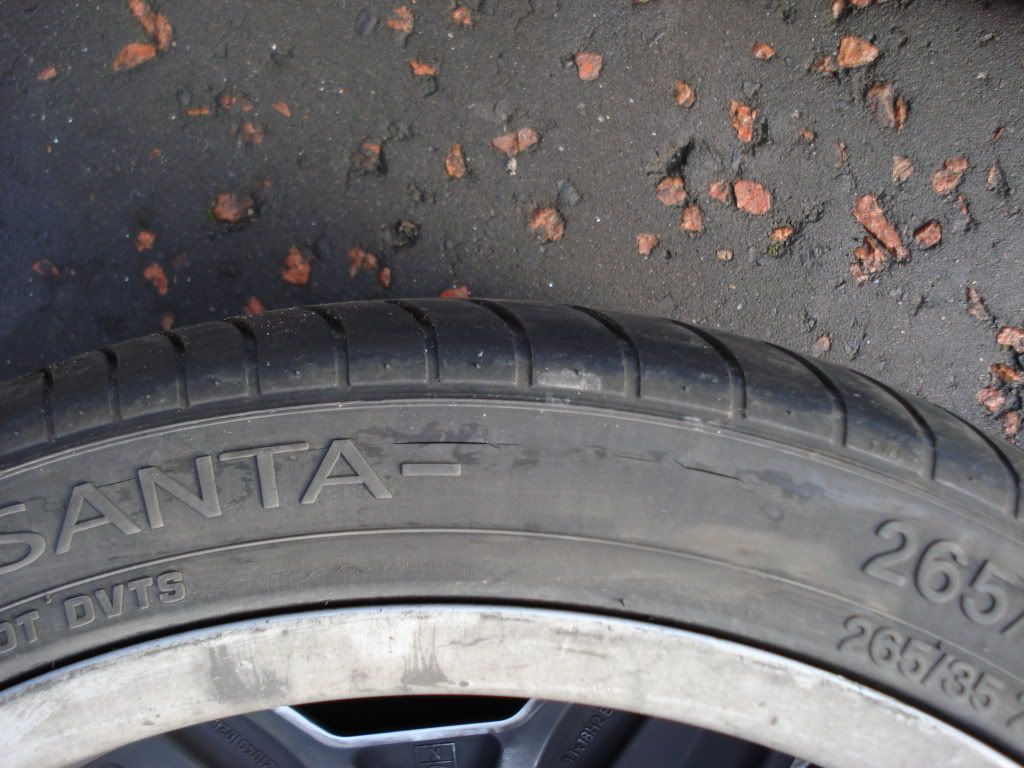
230K
I have 265/35/ZR 18 Vredestein Sessanta's on the rear of my E300 Turbodiesel Estate and while preparing it for MOT i noticed the inside walls of both tyres were cracked. Seems to be a problem don't know how serious but if anyone has similar tyres it might be best to check them. My front tyres are 235/40/18 but are fine.
I have changed the wheels and put on my winter wheels, tyres are nearly on the wear indicators so were due for change anyhow.
See pics below.
Does any tyre experts know why or what these cracks are and how serious they are?? Are they dangerous???






230K
Last edited:
